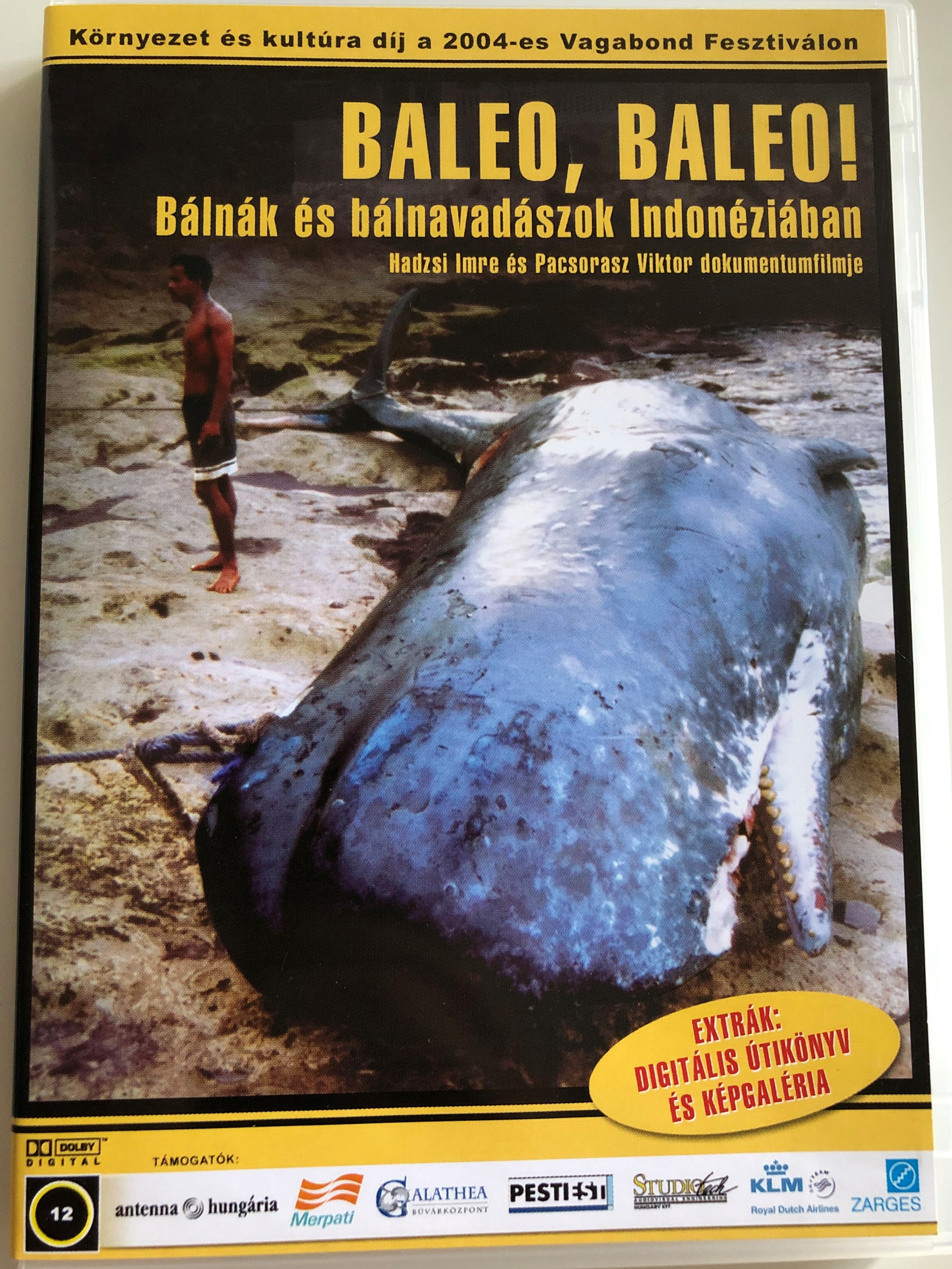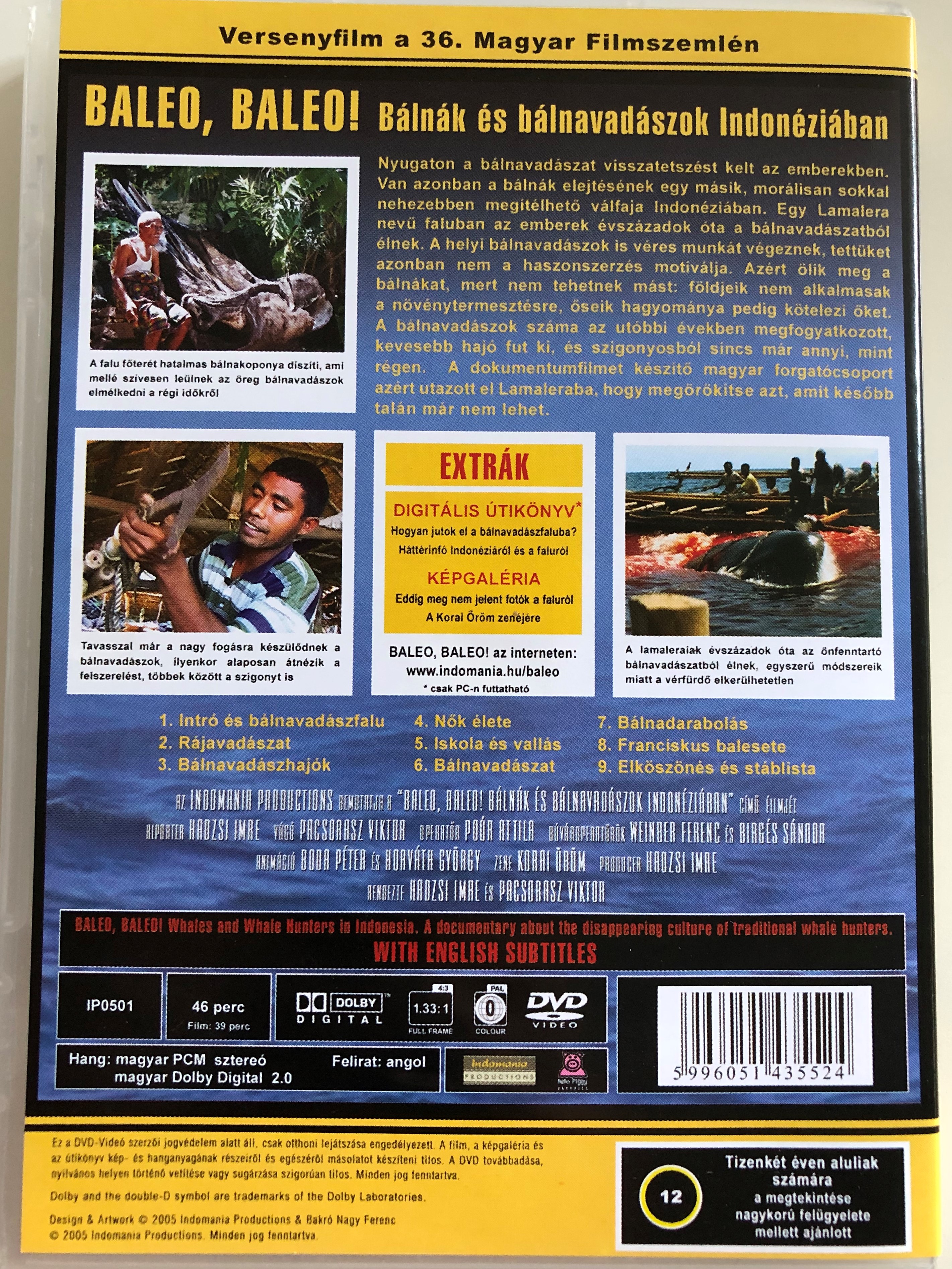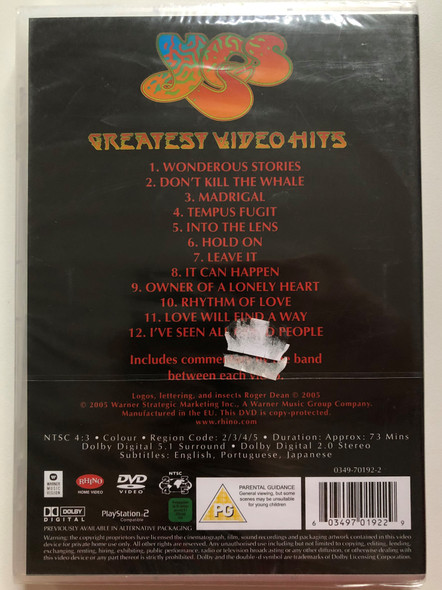Description
Baleo, Baleo! Whales and Whale Hunters in Indonesia DVD 2005 Baleo, Baleo! Bálnák és Bálnavadászok Indonéziában / Directed by Hadzsi Imre & Pacsorasz Viktor / Documentary about the disappearing culture of traditional whale hunters
UPC 5996051435524 / IP0501
REGION 0 PAL DVD
MADE IN HUNGARY
AUDIO: Hungarian 2.0
SUBTITLES: English
Runtime: 46 minutes
English Summary:
In most countries of the Western world people usually disapprove to whale hunting and pictures of whaling fleets slaughtering these see mammals cause serious concern.
This is, however, just one side of the coin. There is a less known art of whale hunting much more difficult to judge from far away: In Indonesia's Nusa Tenggara archipelago, about 800 kilometers east of Bali, there is a village called Lamalera, where people have made a living from whaling for hundreds of years.
During the hunting season the whale hunters sail out every day to try their luck. If they manage to get close enough to a sperm whale - often over 12 meters long - the harpooner jumps from a small boat onto the back of the victim trying to thrust his hunting weapon into it. If this is done successfully, a chase of several hours begins. In some cases though, the match is won by the whale, which can hit the harpooner fatally with its tail and even sink the boat.
The whale hunters of Lamalera undoubtedly pursue a bloody profession and the agony of the whales caught by them isn't nice to look at, not even in a documentary. But they do it to make a living; they have no choice. The area around the village isn't suitable for farming and keeping up the tradition of their ancestors is a must for these people.
Still, it may not be long that the traditional whale hunting culture of Lamalera - a sustainable economy and lifestyle - will be gone forever. The number of hunters in the village has drastically shrunk in recent years. In 2003, a film crew from Hungary thought it worthwhile to pay a longer visit to this unique location and document a disappearing culture and its whale hunting methods.
Hungarian Summary:
Furcsa érzés látni, ahogy Földünk egyik legnagyobb és legérdekesebb élőlénye a szó szoros értelmében vérben fürödve kileheli a lelkét. Alapesetben nem is tudok mentséget erre a tettre, hiszen aki a védett ámbrás ceteket gyilkolja, az jó ember nem lehet. És akkor még finoman fogalmaztam.
Elképzelhető-e mégis olyan körülmény, aminek hatására elfogadhatóvá válik ez a cselekedet? Ilyen és ehhez hasonló gondolatok fordultak meg a fejemben, mikor forgatócsoportunk elindult Lamaleraba, az indonéz bálnavadászfaluba.
Mióta ott jártam, tudom, hogy igen. Vannak olyan esetek, amikor felmenthető akár egy egész népcsoport, noha az ő vadászatuk is véres, és az általuk lemészárolt bálnák haláltusája is borzasztó látványt nyújt. Az Indonéziában forgatott dokumentumfilmünk egy sajátos, de eltűnőben lévő kultúra hétköznapjairól szól. Emberekről és bálnákról, ahogyan évszázadok óta élnek. És arról, hogy ez már nem sokáig lesz így.
Hadzsi Imre






















